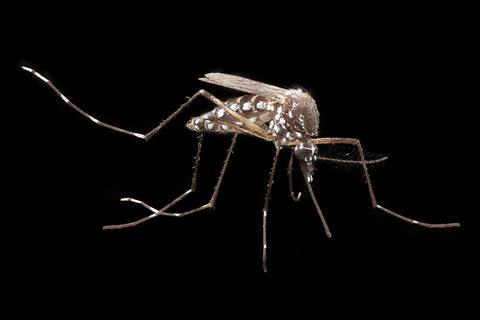A new editorial in Biocontaminant reports that Guangdong Province is experiencing the largest outbreak of chikungunya fever ever recorded in China, with more than 4,000 confirmed cases since late July. Shunde District of Foshan alone has reported over 3,600 infections, and cases have also spread to Guangzhou, Shenzhen, Hong Kong, and Macao.

Chikungunya fever is transmitted by Aedes mosquitoes, the same vectors responsible for dengue and Zika. The disease, marked by fever and severe joint pain, does not spread directly between people, making mosquito control the key to prevention.
“The outbreak reflects both the global spread of chikungunya and the favorable conditions for mosquito-borne diseases in southern China,” said lead author Guang-Guo Ying of South China Normal University.
Province-wide campaign
Authorities have launched a province-wide campaign urging residents to remove stagnant water and reduce mosquito breeding sites. The editorial also stresses that climate change, urbanization, and global travel are expanding the reach of arboviruses worldwide, posing growing public health challenges.
The World Health Organization has recently introduced updated clinical guidelines and reinforced its Global Arbovirus Initiative to strengthen monitoring, prevention, and coordinated response. The authors call for investment in genomic surveillance, community engagement, and international cooperation to mitigate future outbreaks.
Journal reference: Ying GG, Luo Y. 2025. Outbreak of chikungunya fever in Guangdong: transmission and control of arboviruses. Biocontaminant 1: e002 https://www.maxapress.com/article/doi/10.48130/biocontam-0025-0002







No comments yet